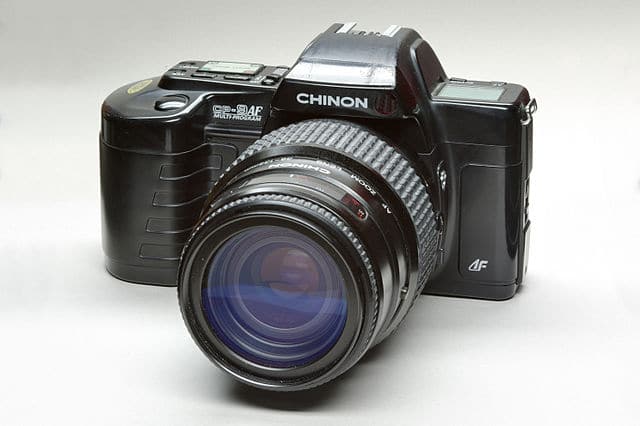Think a stereo microscope might be helpful? But you don’t know how to use one? Lucky for you I wrote this primer on stereo microscopes to help you figure out when and how to use these handy microscopes.
What is a Stereo Microscope?
Also known as a dissecting microscope (because it’s great for dissecting!), stereo microscopes are low-powered light microscopes that provide a 3D view of specimens that are already visible to the naked eye. These microscopes have been around for centuries, with the first commercial version being produced in the 1890’s by Zeiss. [1]
Why Are Stereo Microscopes Useful to Biologists?
Stereo microscopes allow you to see things in just a bit more detail, making them ideal for:
- examining flowers and plants in more detail;
- studying whole insects;
- aiding in dissections prior to further processing (e.g. for histology preparation);
- viewing dissected specimens;
- soldering electrodes (great for low-budget labs!).
Stereo Microscope Anatomy
Let’s take a look at some of the anatomy of this useful ‘scope and how it compares to the more common compound microscope. The four main parts are labeled A-D (Figure 1).
Enjoying this article? Get hard-won lab wisdom like this delivered to your inbox 3x a week.

Join over 65,000 fellow researchers saving time, reducing stress, and seeing their experiments succeed. Unsubscribe anytime.
Next issue goes out tomorrow; don’t miss it.

Eyepieces (A) can vary in their level of magnification, often from 1x to 10x. When looking at an objective through a stereo microscope you’ll notice a different ‘feel’. This is because unlike a compound microscope, these microscopes have two separate light paths transmitting the image under study to each eyepiece.
This takes advantage of our binocular vision and allows you to perceive your object in three-dimensions and it gives you a feeling of depth to the object under study.
Similar to compound microscopes, the objective lens (D) on a stereo microscope can be quite powerful (up to 40x from what I’ve seen on the market).
A major advantage of using a stereo microscope is that the working distance is very large. Often, you can raise or lower the objective lens several inches using the focus control (C), thereby allowing you to easily manipulate an object of interest without the obstruction of the objective lens.
The trade-off for this working distance is decreased resolution as working distance and resolution are inversely related. To increase the magnification beyond the basic objective lens, stereo microscopes can also be equipped with additional, internal auxiliary objectives that can be adjusted using a zoom control (B) feature on this type of microscope.
Shining Light on (or Through) Your Sample
Traditional stereo microscopes conduct the image to the eyepiece through the use of reflected light as opposed to transmitted light used in a typical compound microscope. The use of reflected light is useful when the object of interest is too thick to be imaged or visualized with transmitted light.
This reflective light source may be on the microscope itself or from external equipment, such as an LED light source. Some fancy stereo microscopes even offer the best of both worlds. These scopes can conduct light through the specimen-of-interest (transmitted light) AND if desired, use an additional reflective light source.
How to Capture an Image
Remember earlier how I mentioned that stereo microscopes can allow you to employ our binocular vision? Well, depending on the sophistication of the microscope, trinocular vision may be available. This may sound like an exciting new mode of vision. But sadly, it is not. All this means is that some type of camera, whether it be a basic digital or an expensive CCD camera can be attached to photograph the specimen under study, allowing you to capture images.
Have you got any questions or comments about dissecting microscopes? Leave a comment below!
Thanks for reading!
Originally published September 21, 2014. Reviewed and updated March 2021.
References
- Paul E. Nothnagle, William Chambers & Michael W. Davidson. Introduction to Stereomicroscopy. Microscopy U. Nikon.
You made it to the end—nice work! If you’re the kind of scientist who likes figuring things out without wasting half a day on trial and error, you’ll love our newsletter. Get 3 quick reads a week, packed with hard-won lab wisdom. Join FREE here.







